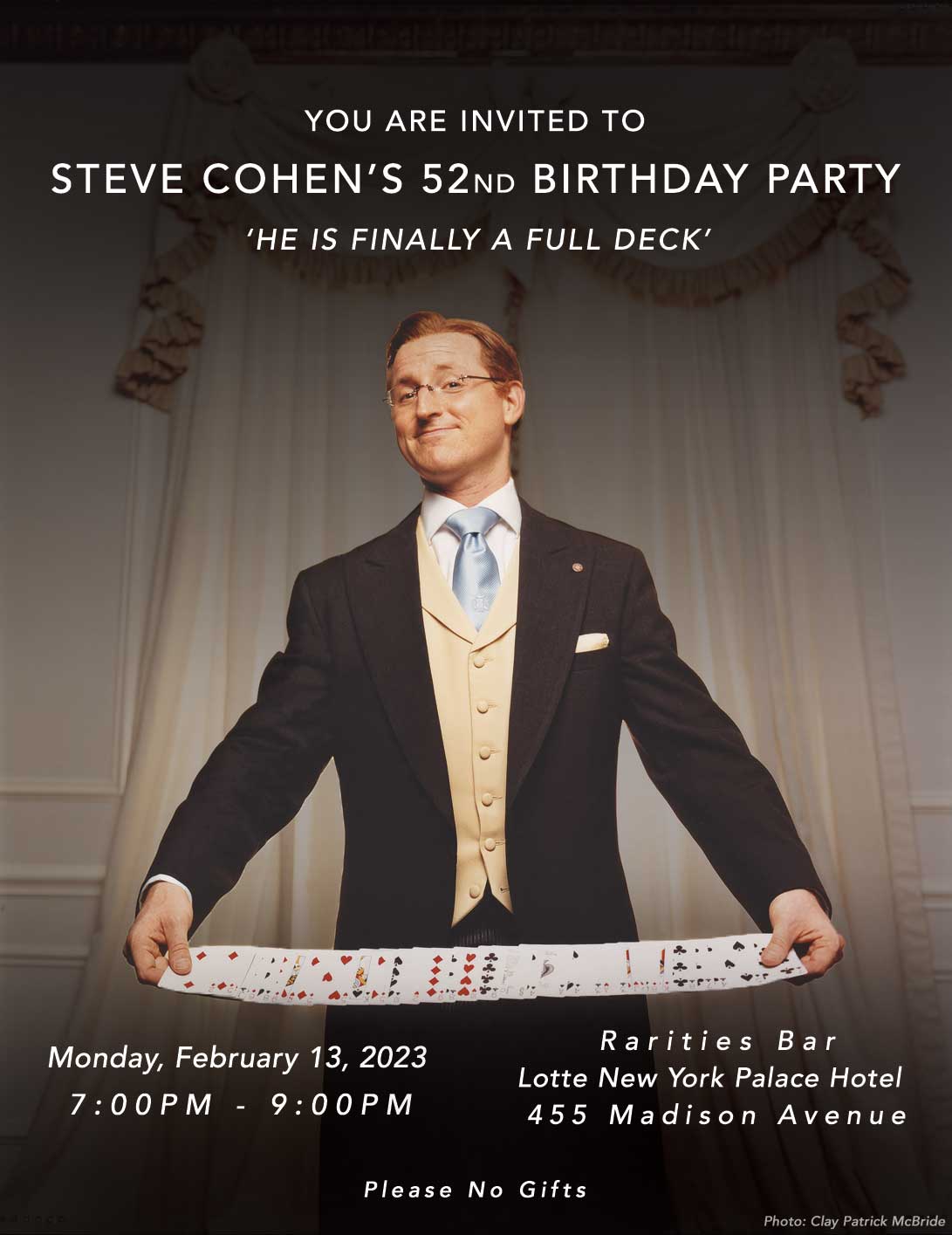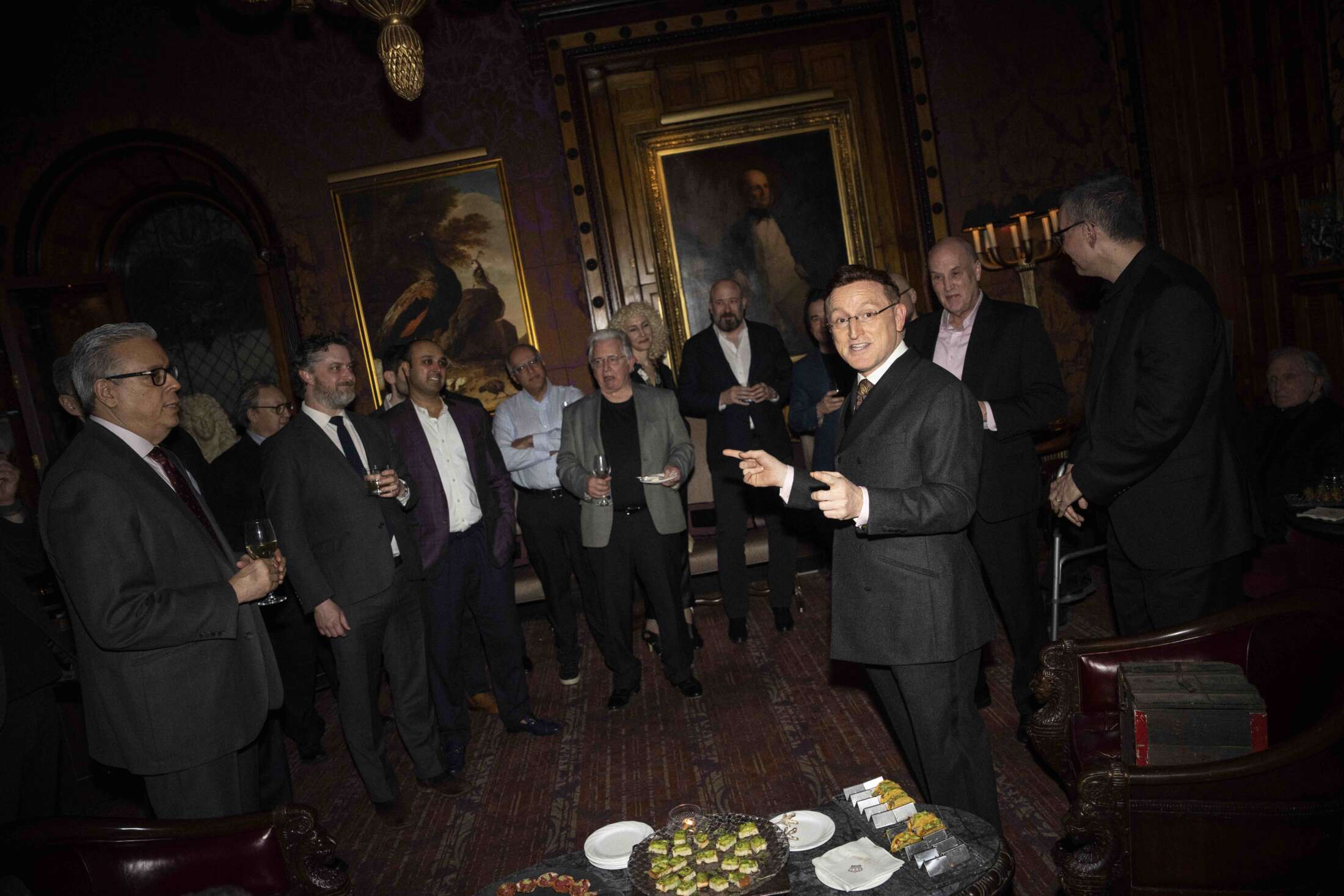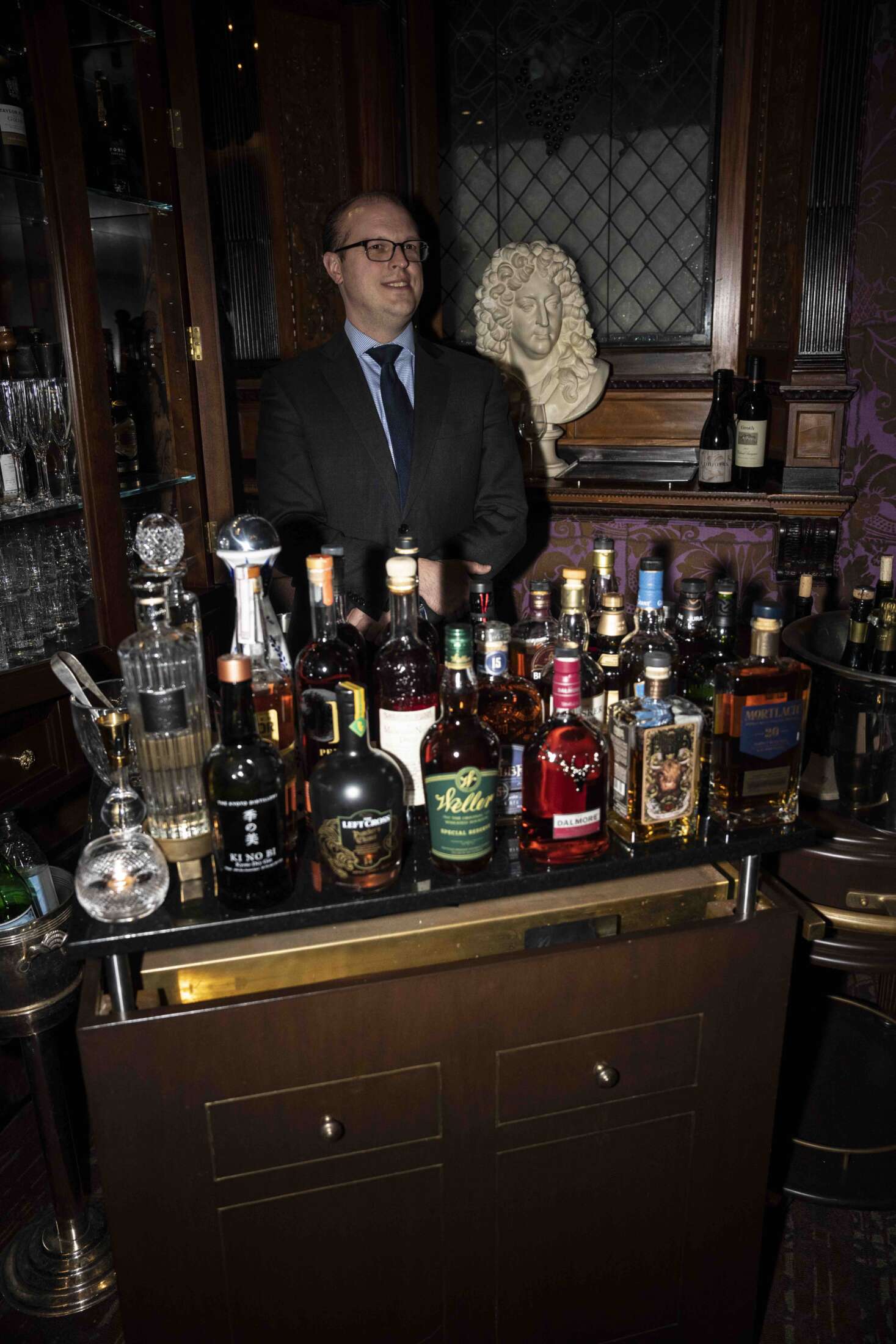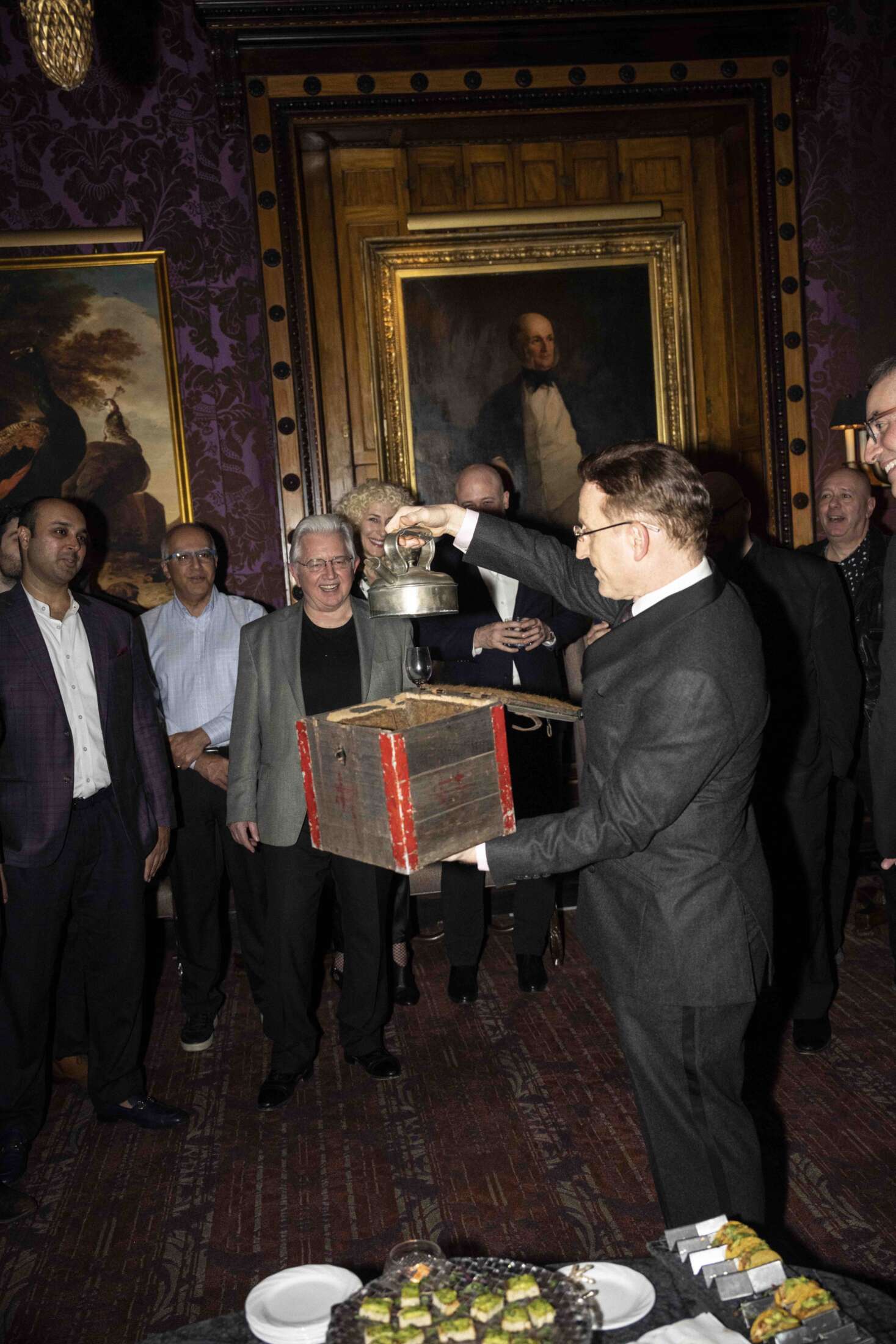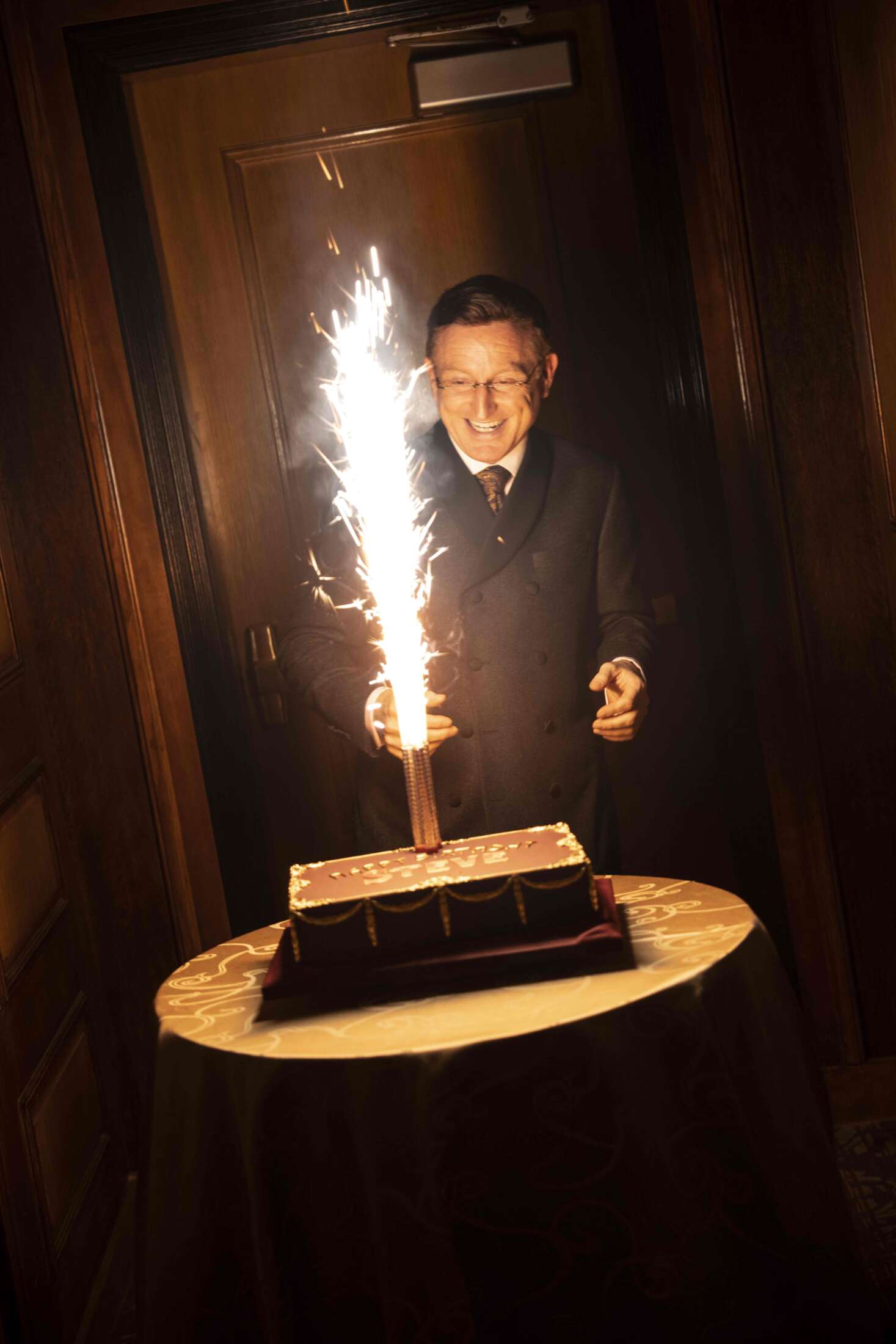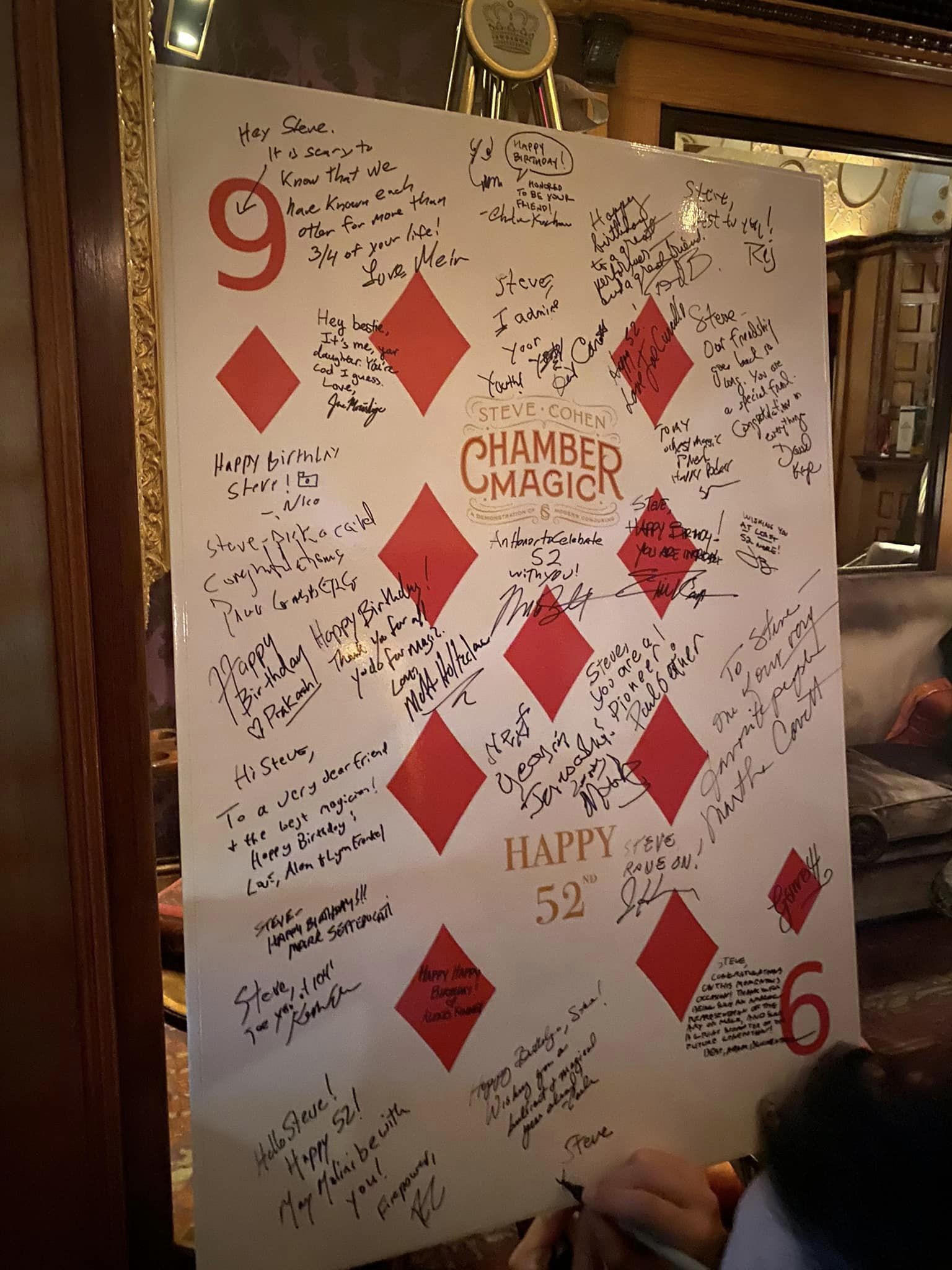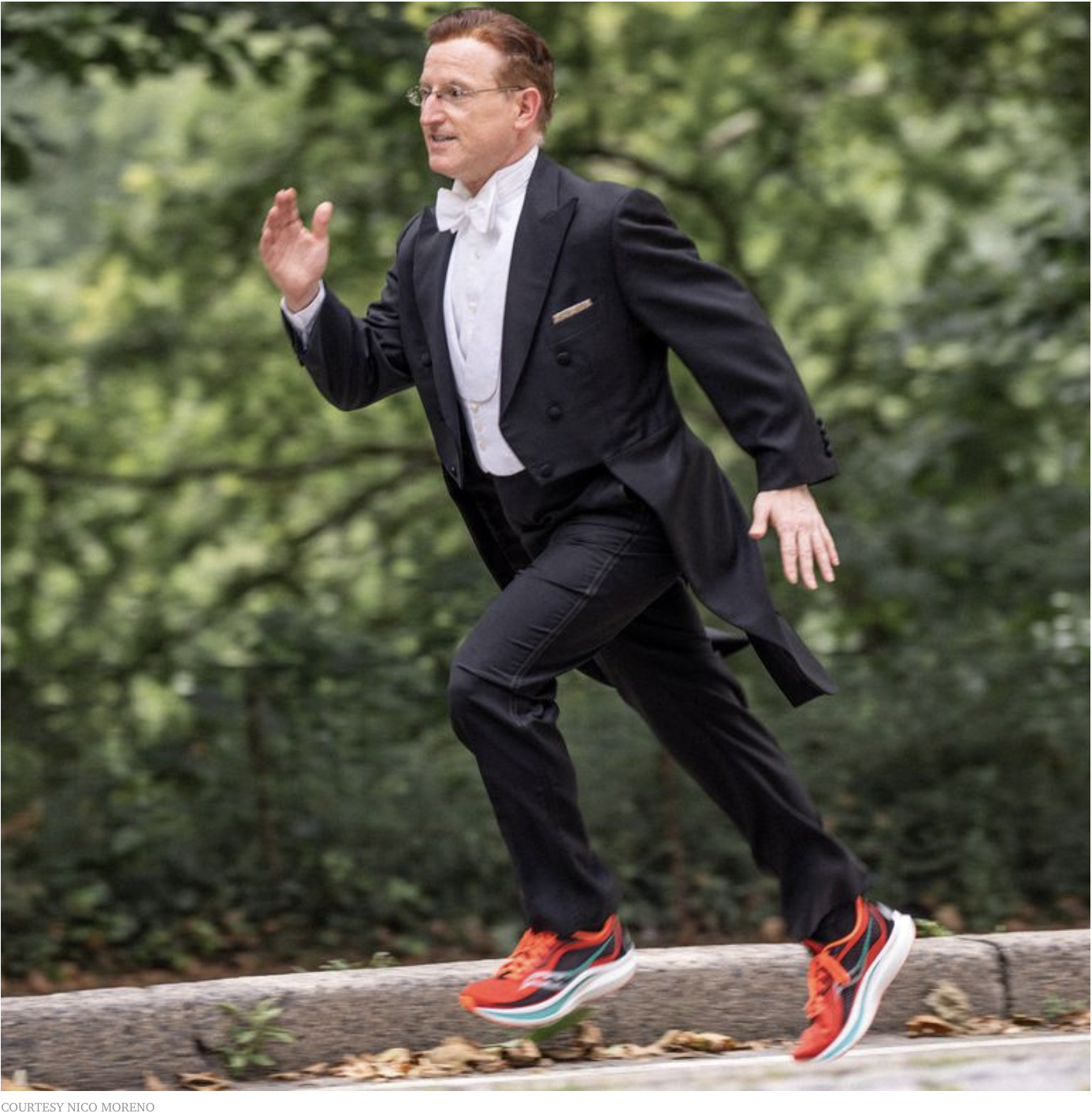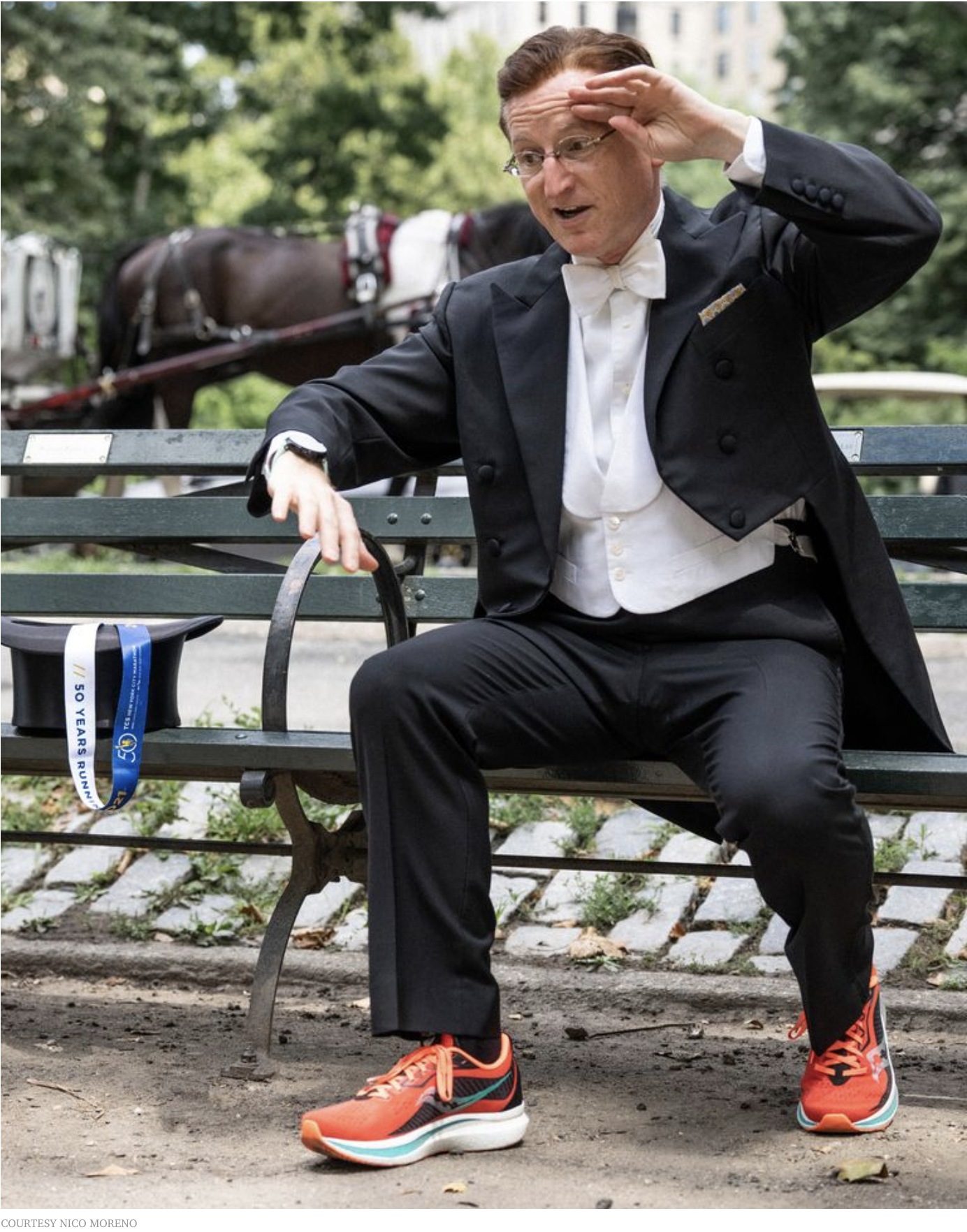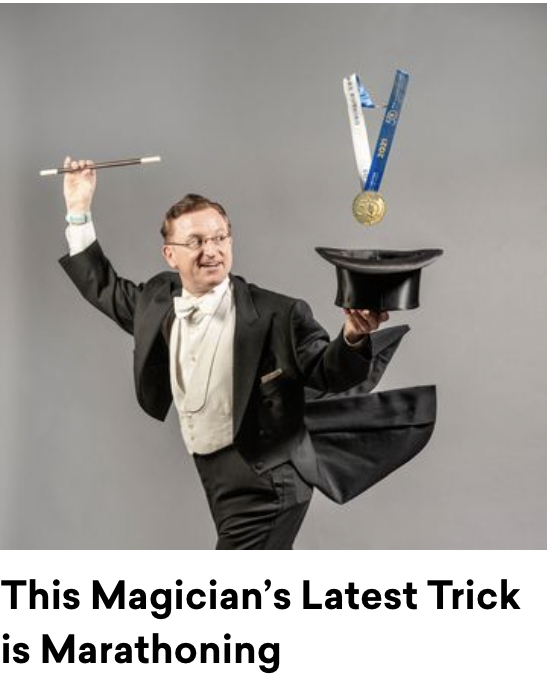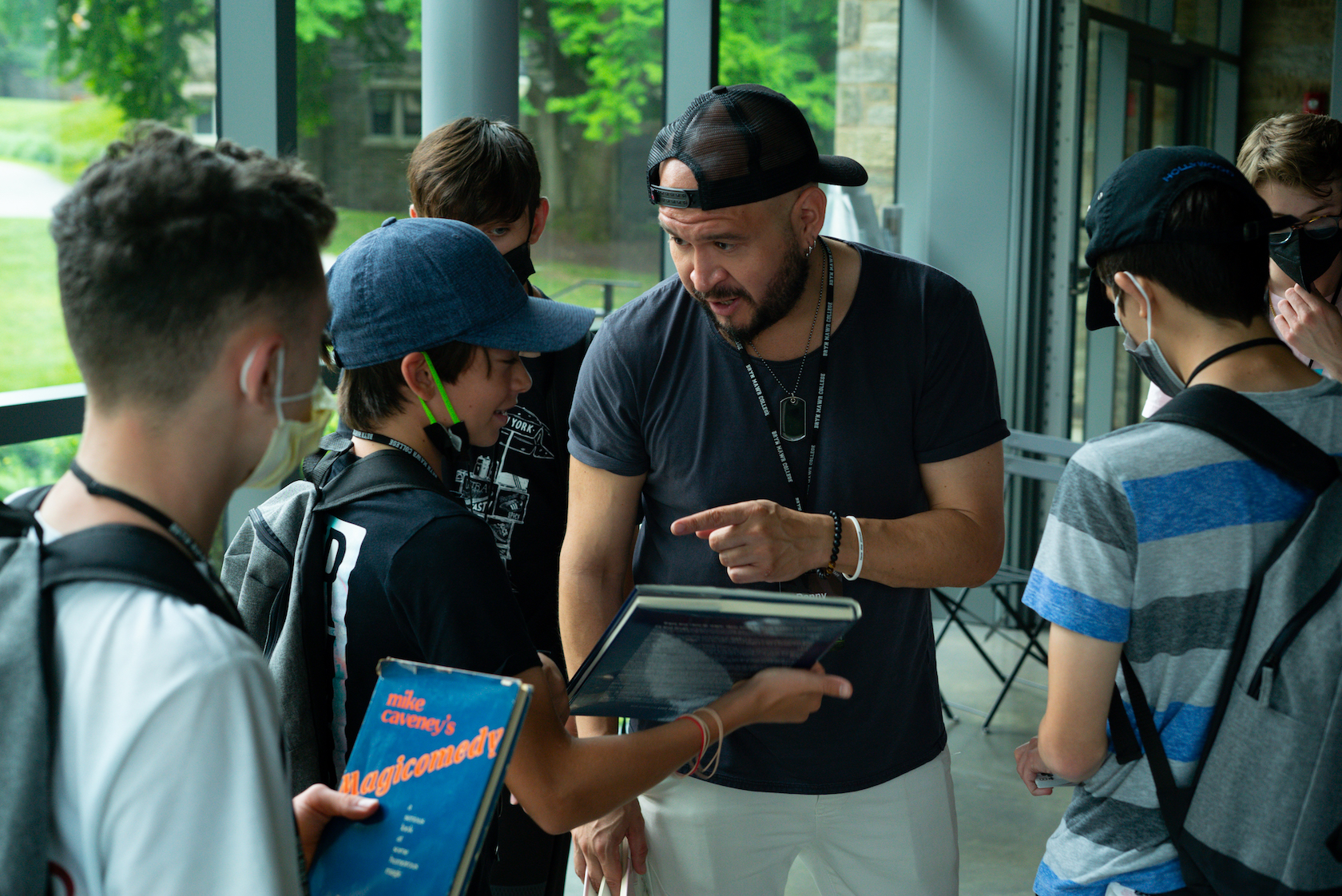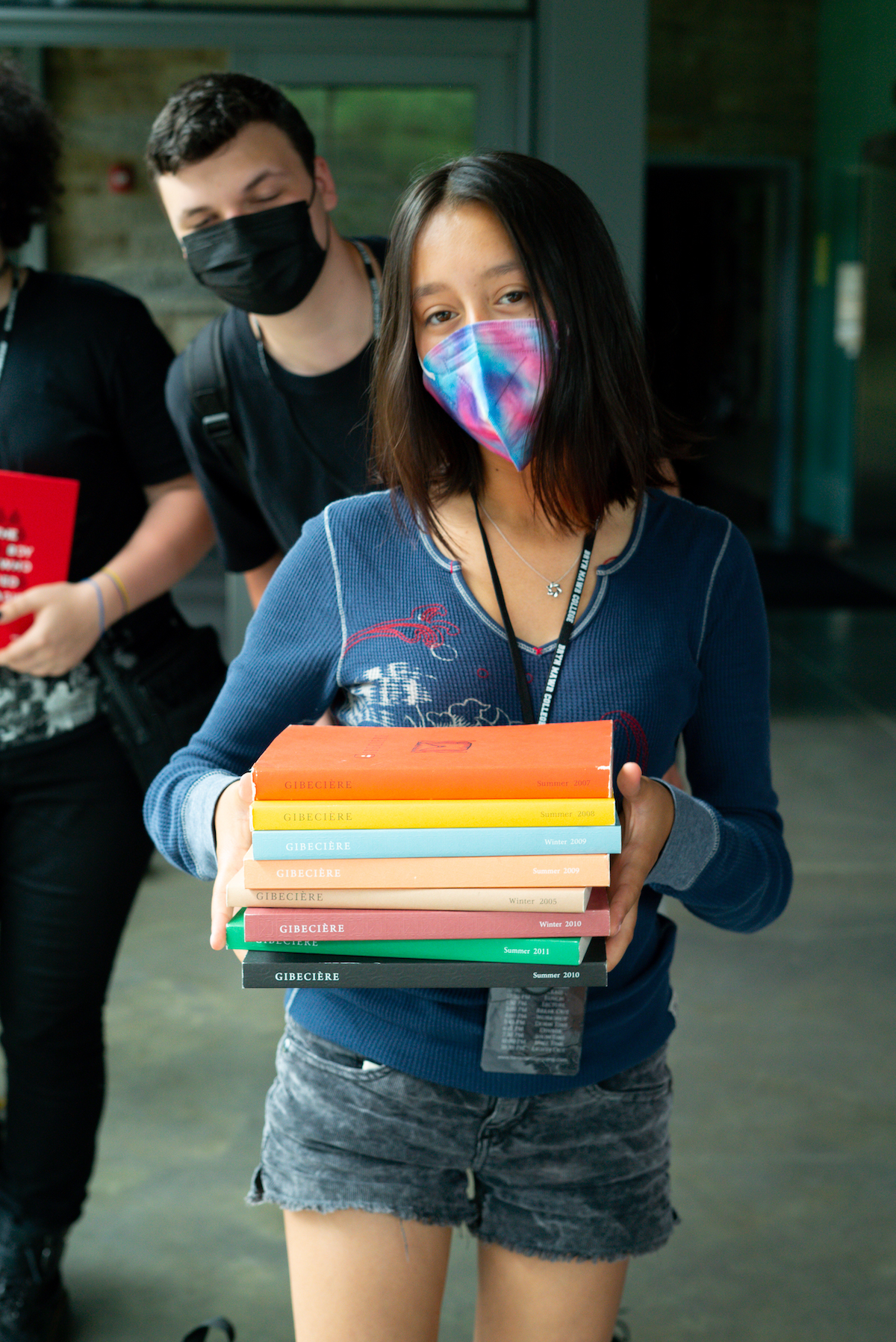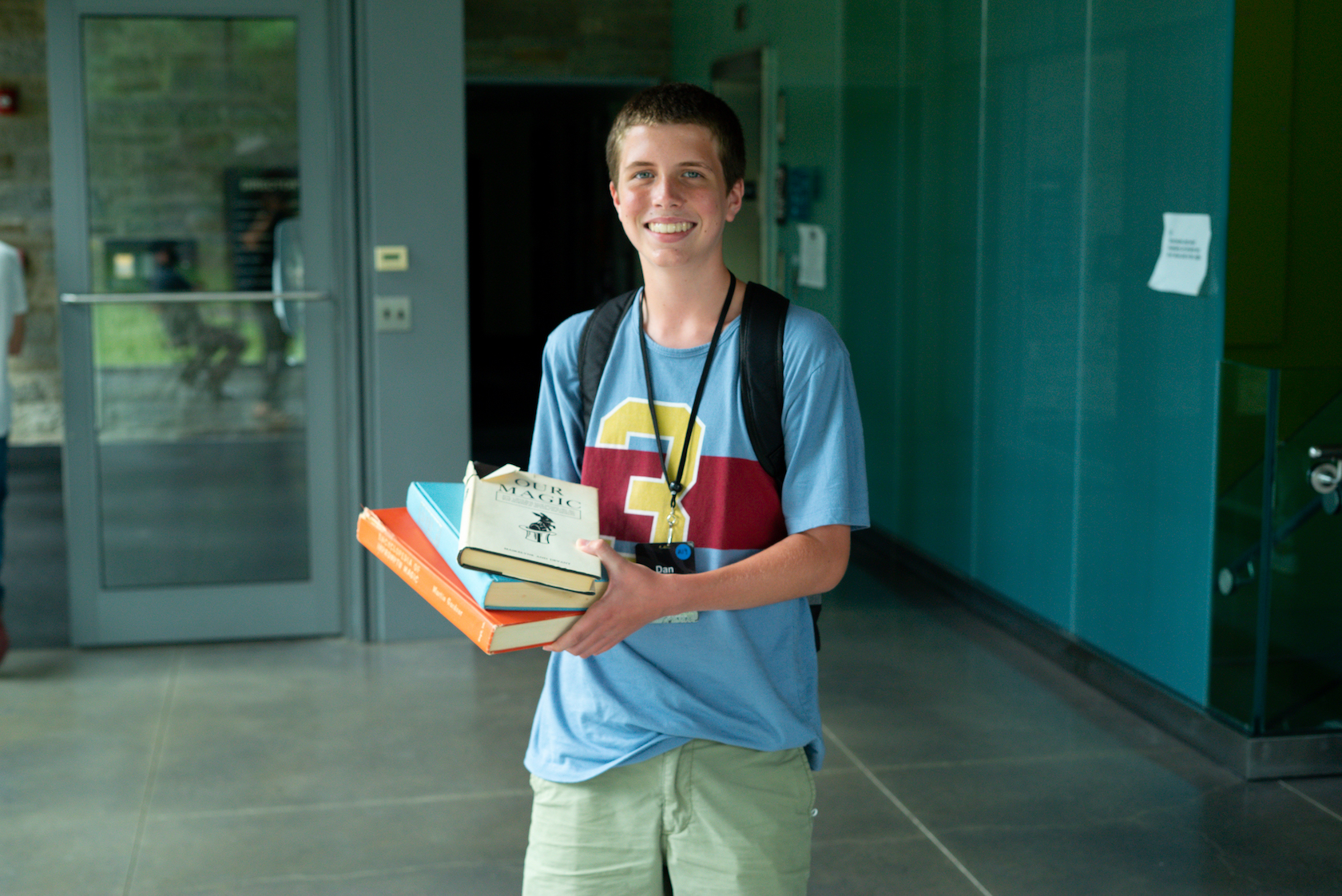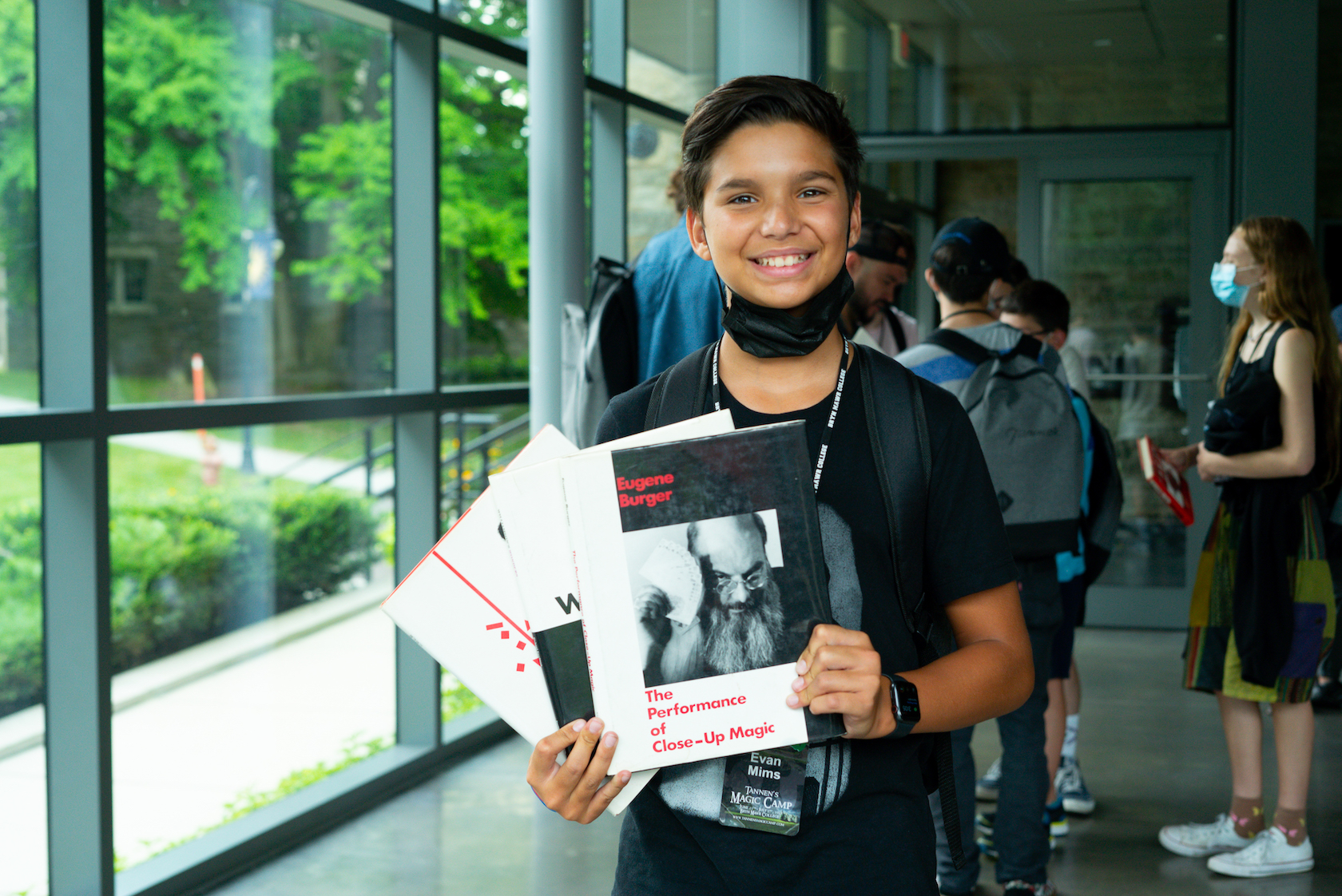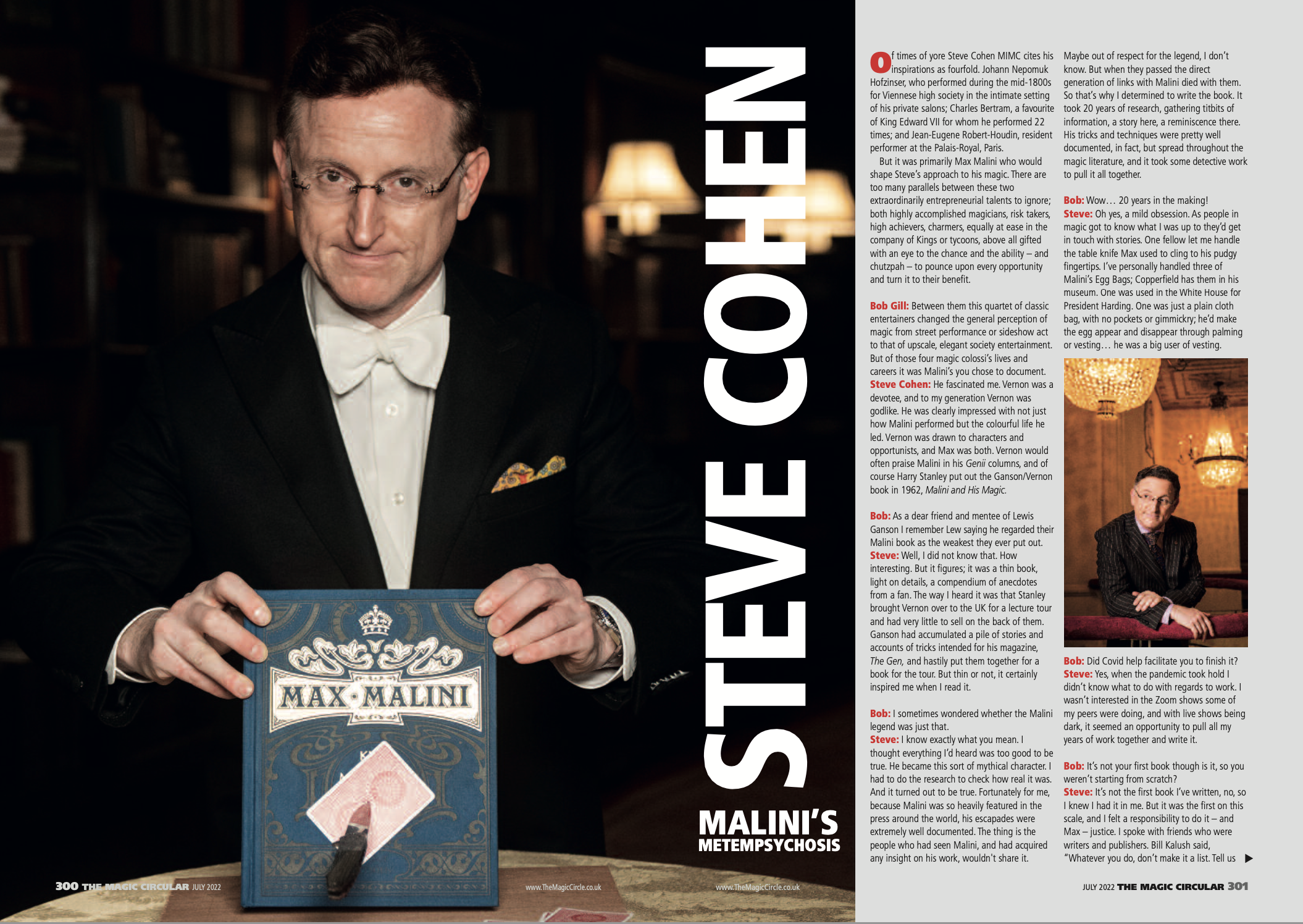By Harry Lorayne
Original publication: Genii Magazine, October 2001
My dear friend Harry Lorayne passed away on April 7, 2023, at the age of 96. Over two decades ago, Harry interviewed me for a feature story in Genii Magazine. I am posting the full article here as a way to memorialize his unique writing style. If you ever spoke with Harry, be sure to read this article in his voice – it will make more sense! I’m honored he agreed to the interview, and to write such laudatory words at the start of my career. Harry Lorayne was my North Star, and this early recognition lifted me higher than he ever knew. Now that he is gone, these words remain to soften the blow, and carry my heart. – SC
From September to the end of May, my wife Renee and I leave early every Friday, or late Thursday, weather permitting and when I’m not appearing somewhere out of town, and drive to our country home in The Hamptons (Long Island, New York). We drive back to Manhattan late on Sunday or early Monday. Most of June and July we mainly live there, not in Manhattan. Oh, I drive in for business when and if I have to, but not if I can help it. And in August we’re in Europe with Mel Brooks and Anne Bancroft. (Mel sang the first two new songs he’d written for his enormous Broadway hit, The Producers, to me four years ago in our cabana on the beach at the Lido in Venice, Italy.)
But, for many years (decades) before I became a part-time “country squire,” every Saturday (when I was in town) was spent with the “good guys,” the magicians who met (after Abbott’s, Holden’s, Flosso’s, Tannen’s closed) to eat and drink, talk, learn, watch and do magic, in what we always referred to as The Cafeteria. The venue changed periodically—right now, it’s Reuben’s at 38th Street and Madison Avenue— but it was always “I’ll see you at ‘The Cafeteria’.”
Magicians visiting New York City would show up on Saturdays to gawk at, talk to, listen to the “magic” stories of, have their “handling” criticized by, perhaps see a move or an effect performed by, in those early days, the likes of Ralph Read, Paul Curry, Roy Benson, John Scarne, Mohammed Bey (Sam Horowitz), Joe Dunninger, Harry Dreilinger, Al Flosso, Dick Cardini, Cliff Green, Jack Miller, Henry Christ, Bill Nord, Al Altman, Willie Schneider, Sam Schwartz, Ed Balducci, Doc Daley, Francis Carlyle, Martin Gardner, Slydini, Dai Vernon (when it was pronounced day, not dye), and so many others. “Them were the good old days,” the world was young. The world grew older and so did I. Most of the above were gone, so by attrition, I guess, I became one of the “elder statesmen” of The Cafeteria.
And the ambience slowly changed. Really young people started showing up. Some so young they were brought by their parents, others 11, 12, or in their early teens. As time went by and because I couldn’t stop writing magic books, I guess, I started to feel as if some of the “young’uns” were hanging onto my pant legs as I moved from here to there.
Many of these young people disappeared, moved out of town, found other interests, felt that they couldn’t keep up in the magic area—whatever. But others persevered—grew up, older, better—and some became “known” in the magic world. Really known. David Copperfield’s first (so far as I know) appearance in print was when I included a trick of his in Tarbell 7 (under his real name David Kotkin). He was thrilled; couldn’t thank me enough, and exclaimed, “Mr. Lorayne, if I ever make a million dollars in magic, I’ll send you ten percent!” (One happened; the other did not.)
Going back to the ‘70s and into the ‘80s many more now-known-to-the-magic-world people could be seen (and heard) on Saturdays among, and involved in, the palmed, located, forced, signed, stacked, peeked, nicked, side-stolen, glimpsed, waxed, lost, gaffed, crimped, marked, monte’d, cards—sleeved, hooked, double-sided, thumb-palmed, shelled, back-palmed, spinning, purse-palmed, folding, shimmed, Downs-palmed, spellbound, coins—strings, silks, balls, ropes, cigarettes, magnets, threads, rings and bills. And ducking coffees, Danishes, pies, donuts, cream cheese, sodas, sandwiches, soups and nuts. Oscar Weigle, Herb Zarrow, Sol Stone, Bobby Baxter, Jerry Deutsch, Ken Krenzel, Derek Dingle, Bob Fitch, Jeff Altman, Bob McAllister, your editor Richard Kaufman, Dennis Marks, Howard Schwarzman, Bob Elliott, Frank Garcia, Gene Maze, Persi Diaconis, David Roth.
And the ‘80s into the ‘90s: Doug Edwards, David Regal, Eric DeCamps, Peter Marshall, Wesley James, Harvey Cohen, Jonathan Townsend, Meir Yedid, Jeff McBride, Geoff Latta, and many more. All great, all wonderful.
And currently, some of the young people who show up on Saturdays (I’m there on rare occasions) are just so good. Some in their early to late teens or early to late twenties doing stuff that I never heard or dreamed of until I was in my forties. (Of course, when I was their age books teaching all that really good stuff didn’t exist – as they do now.)
Unfortunately some excellent, exceptionally creative, talented “cafeteria” people like Johnny Benzais and Mark Sicher left us too soon. (I ended an article I wrote for a book about Mark Sicher that was never published— “Mark, we hardly knew ya’.”) Most, fortunately, are here— performing and amazing. One of those is Steve Cohen. Steve and Mark were close friends and came to The Cafeteria together. They endeared themselves to me because they were rabid fans and followed me around mouths agape. But—they “endeared further” because, young as they were, they blew me away with their creativeness, humor, and performance skills.
I may have inspired some young people but, in fact, some of them also inspired me. One of those young people, as just mentioned, was, and is, Steve Cohen. You can see examples of his unique thinking in his effects, “The Missing Middle,” “In Any Case,” “Quart(Er)z Watch” (with Mark Sicher), “Mood Photo”—in, respectively, the March 1986, June 1987, April 1990, and December 1990 issues of Apocalypse.
Quite a few years sped quickly by. Years during which I didn’t see Steve or any of the other habitues of The Cafeteria. (I was edging into my “country squire” mode with a house in West Cornwall, Litchfield County, Connecticut, which filled my weekends.) Steve was a boy when I’d last seen him. Time warp through over a decade and Harvey Cohen, a friend of mine—and of Steve’s—calls to say that he and Steve want to take me out to dinner and, admittedly, “pick my brain.” Well, I don’t often turn down a free dinner!
Steve, of course, is no longer a boy; he’s a young man. He’s married to Yumi, and has a year-and-a-half-old son, Alex. And he does some great magic. He’d impressed me all those years ago; he continues to do so now.
I’m impressed by his magic, his down-to-earth demeanor, his educational background, and by the fact that he speaks, reads, and writes Japanese fluently. When I asked how (and why) he’d learned Japanese he told me that it was the late Shigeo Takagi who invited him to come to Japan for a magic convention. Steve says that that invitation “changed the course of my life.” (Shigeo was a friend, a fine gentleman; he was my host when I lectured in Tokyo quite some years ago. That’s another story.) Steve spent a month in Japan after graduating from High School and before attending Cornell University. During that time he met and made friends with many Japanese magicians, including Ton Onosaka and Hiro Sakai (you’ve read some of Hiro’s magic in Apocalypse and here in Genii this past July). To help him communicate with his Japanese friends he decided to learn their language. He started to do so when he was 18 years of age, considering it a challenge.
He studied Japanese at Cornell and then, during his junior year, studied in Japan (Waseda University) as an exchange student. During that time he worked for Ton Onosaka at Ton’s Magic Land, the best magic shop in Tokyo. That’s where Steve really learned to speak the language fluently, since all the customers were Japanese and all business was conducted in that language.
Steve graduated (with a degree in Psychology) from Cornell in 1993. He’d met Yumi Morishige at Cornell; she later became his wife. They lived in Tokyo for several years, where Steve worked as a Japanese/English translator and also did magic at private parties and at VIP events at one of Tokyo’s top hotels, the Park Hyatt Tokyo.
When he returned to the United States, Steve earned his living by doing both translating (the Japanese government had awarded him the highest ranking “First Level” when he took the Japanese Language Proficiency Examination) and magic. Soon the magic income started to equal then surpass the translation income. The only “regular” translation work that Steve continues to do (he’s been doing it since 1997) is to translate all the Tenyo trick instructions into English. When you purchase a Tenyo item in the United States (and elsewhere) you’re reading Steve’s translation.
So, I’m impressed. I’ve been around much longer than Steve and I’m sure I’ve traveled to more countries. I can just about get by in French and Italian; a bit or Portuguese, Chinese, Swedish and Greek, and my knowledge of Yiddish (which I do speak fluently; Mel Brooks and I speak it to each other when we don’t want anyone to know what we’re talking about) enables me to understand and to be (somewhat) understood in German. (The extent of my Japanese is konnichi wa, komban wa, and sayonara.) But speak, read, write fluently in any of them? No way. If I took the time, I suppose I could figure out the basic modus operandi of any magic effect Steve did for me, but even if I listened to him speak and/or watched him write Japanese for weeks, months, he’d still better shout English at me if he needed help with an emergency!
But let’s get to the magic. How did it all start? Where did it all begin? Well, Steve agrees that there’s no great revelation or apocalyptic moment in that department. It’s pretty much how most of us got the “bug.” I, personally, saw a park counselor do a couple of card tricks on a dark and rainy day (yes, I can still visualize it) when I was six or seven years old. That did it. I’ve written about this before—I ran home and stole empty milk bottles to get the two or three pennies deposit until I could buy a cheap deck of cards so that I could figure out those two card tricks.
Same thing for Steve, just about. At six years of age he saw an uncle do “pocket tricks” for the kids at family gatherings. That did it for him. (No, he didn’t have to steal empty milk bottles!) Steve’s first magic book was The Expert at the Card Table by Erdnase; he was 10 years old. Other books, of course, followed. (By that time I was already into my own magic-book-writing binge.)
It was during his teenage years that he and Mark Sicher became friends, and visited—where else?—The Cafeteria every Saturday. Steve says, “Mark introduced me to people I’d only read about. Of course, I was most excited to meet Harry Lorayne.” Well, as always, glad to be of help, or to instigate an emotion. When asked who his inspirations were as he was growing up in magic, he invariably answers, “Harry Lorayne and Juan Tamariz.” I’m flattered, of course. (But who the hell is Juan Tamariz?!)
Steve attended Tannen’s Magic Camp for three or four years where he met other magicians who inspired him and from whom he learned. He also met and befriended David Blaine and eventually became a consultant for two of David’s television specials.
When I asked Steve what he would do for a living if he didn’t do magic his answer was a succinct, “I simply can’t imagine life without magic.” He is at it full time—table hopping, trade shows, corporate affairs, club dates, private parties. His list of testimonials is impressive; letters of praise for his work from people and places like Carl Sagan, Phil Donohue, Mrs. David Rockefeller, General Motors, Compaq Computer, Oppenheimer Funds, Robin Leach, JP Morgan, and more.
Steve’s favorite kind of magic? Cards, followed by mentalism. He is a superior card handler. Oh, he’ll fool you, he will. You won’t know or see how he knows or controls your card and you won’t catch the steal as he gets it out of the deck. Mindreading with cards? Sure. But he also does a very strong, very direct multiple book test. (Seven or eight books are handed out to seven or eight audience members so that he can read seven or eight minds in seven or eight different ways—without a nailwriter).
Utilizing these, and other, talents Steve has a specific goal in mind. He wants to do the kind of magic that makes people think that he was born with “special” gifts. And he wants to do it in a specific kind of venue for a specific kind of audience. His role models are Max Malini, Charles Bertram, and Johann Hofzinser because, aside from their magic, they appeared for high-level, sophisticated, up-scale audiences, including heads of state (and heads of countries, in the cases of Bertram and Malini). In Steve’s words, “Their performances were intended for an elite and moneyed clientele.” He’d like to open a “magic parlor,” as did Robert-Houdin and Hofzinser, in which to perform for just such audiences. And he’s taken a large step in that direction.
He developed a show which he called, Mystery Salon. He originally presented it to an invited group in a friend’s (Harvey Cohen’s) plush Greenwich Village (New York City) apartment. Steve wanted to see if his idea of reviving a “parlor-style” performance in “an elegantly-appointed salon would resonate with (appeal to) modern-day audiences.” Well, the audiences loved it. He couldn’t, however continue to invite people to someone else’s home every week. He became a member of the National Arts Club, the headquarters of which are in a lovely old historic-landmark mansion in the historic/chic Gramercy Park area of New York City. It’s adjacent to The Players (a club to which I belong), in the mansion originally owned by Edwin Booth and in which Booth lived and died. His office/bedroom on the third floor has been kept intact and protected.
National Arts Club members are patrons of the arts, corporate-level people, a sophisticated, intellectual, “crowd.” The front parlors of the building are beautiful, fine art lining the walls and original sculptures strategically placed throughout. Steve was offered one of the parlors, it seats about 35 people, in which to present his show. Perfect.
He molded and refined his performance, and changed the name to— Chamber Magic: A Demonstration of Modern Conjuring. He performs there, to great success, every week. I’ve seen the show. Steve “works” an audience well. He’s not a joke teller (and, important, he knows it) but does elicit laughs at appropriate moments. He doesn’t wear a tuxedo, as did some “years-ago” magicians, nor does he wear jeans and a tee-shirt. He dresses as do the male members of his audiences, as a business executive would—suit, shirt, and tie. And, at the end of the show that I saw he received a standing ovation. He strives for realism. As I mentioned before, he wants to make his audience believe that he possesses “special gifts.” There is an inspiration for that concept which I’ll talk about in a moment.
He accepts advice and integrates it when his own sense tells him that it’s right. For example, he opens his show with a pretty card-rise effect—and a fooler it is. Three freely-selected cards rise on command, even when the deck is in a large drinking glass and covered mouth-to-mouth with another glass. He uses that same deck for an ensuing trick or two. He told me that at one performance someone said out loud— “I wish I had that deck!” “What,” asked Steve, “would you have done in that circumstance, Harry?” HL: “Is it a regular, ungimmicked, deck?” SC: “Yes.” HL: “Then I’d have immediately said to that person— ‘Sir, your wish has just come true!’ and given him that deck at the end of the effect.” SC: “Of course. I’ll just have another deck available for the other effects.” HL: “Sure. But, you know, I love the idea of giving away the deck at that point. It’s strong; it makes a specific statement, and you’re in position to do it. I would do it at every performance.” That’s what Steve does now. And he doesn’t need a stooge to say, “I wish I had that deck.” He just “reads someone’s mind.” As he comes to the end of that effect—third card rising—he points to an audience member, and says, “Oh, I just read your mind. You’re wishing that you had this deck, aren’t you? Well, your wish just came true—it’s yours.” And he approaches the person and lets him take the deck out of the glass himself. (I’ve written it, said it, so many times—it’s always stronger to use a borrowed deck, if you can borrow one, and if you can use a borrowed deck for that particular effect. If borrowing a deck is not feasible, the next best thing is to give a spectator the deck if, indeed, it is a regular deck.)
I don’t want to describe the entire show—you have to see it, anyway—but he magically links three borrowed wedding rings, locates/reveals 15 ‘thought-of” cards in different and entertaining ways, dramatically stops his pulse by power of thought, the “multiple” book test I’ve already mentioned, and more. He borrows a $1 bill from a woman, does a pretty under-your-nose bill switch changing it into a $100 bill—and no, he doesn’t change it back to the $1 bill; he gives the woman the $100 bill! Costs $99 but it certainly gets talked about.
Mark Levy is a friend of mine. He’s the co-author of Magic For Dummies and the forthcoming book Tricks With Your Head (with Mac King). He’s a close friend of Steve’s, and is the creative director of Chamber Magic. He explained the “special gift” inspiration to me. Seems it derives from an early 1980s Peter Sellers movie called Being There. (Yes, I saw the movie.) The Peter Sellers character is that of a simple-minded gardener. He rarely speaks, and when he does it’s to make a simple, obvious, statement, like— “In the spring the flowers grow.” That’s all he can handle, simple and obvious thoughts and statements—nothing deep or even a bit complex like, say, metaphors or similes.
Cutting to the chase, he is eventually thought of as a “mysterious genius.” The way it’s plotted in the movie, some powerful political people with whom he becomes involved mistake his rare simple observations for quiet wisdom, deep philosophical thoughts. That idea, that mistake, simmers and grows. At the end of the film some Washington, D.C. power brokers consider nominating the gardener for president of the United States!
This does not mean that Steve Cohen is anything like the simple-minded gardener! No.
The point or concept is that the idea, simply left alone, simmers, builds, grows. That’s what I mean when I say that Steve presents his kind of magic in a way that makes people think he has “special gifts.” He never says he has special gifts; he also never denies them. The idea, the thought, simmers in the audience’s collective mind. And it seems to be working for Steve; his audiences believe that he has “special gifts.”
Hey, he’s almost got me convinced!
The post Harry Lorayne Interviews Steve Cohen appeared first on Chamber Magic.
]]>


